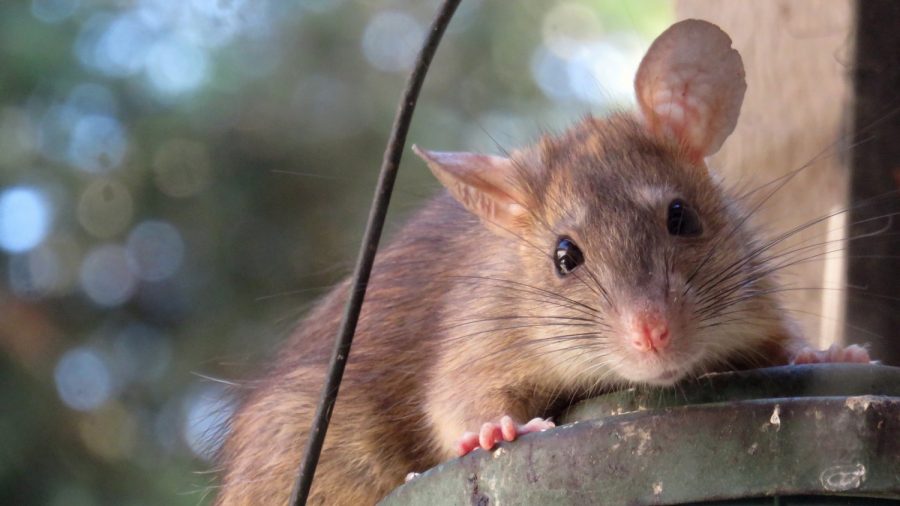Residents of a New Zealand suburb are worried about sightings of large “cat-sized” rats that have been fearlessly running around in broad daylight and traveling in groups as large as 10.
The rats are believed to be attracted to food that locals have left out for their chickens.
The recent sightings have concerned residents of Titirangi in the Auckland suburb of New Zealand, according to the New Zealand Herald.
One resident told the Herald she has seen rats that are nearly a foot long, while others have said they have seen some “as big as a cat.”
“I have a small cat, and I would say the [rats] I have seen have been at least that size,” local Victoria Jack said, according to Newshub.
Jack said the rats are not afraid of humans and some travel in groups of 10.
A plague of giants rats has hit a West Auckland suburb — and they’re outrageously confident, and it’s horrifying. https://t.co/jOICoh2UJe
— nzherald (@nzherald) June 14, 2019
A local Titirangi kebab store owner, Thomas Yadegary, told the Herald he was concerned about the rat infestation.
“It’s worrying for me too. We are one community. We have to work together to find a solution,” he said.
He added that while he himself hadn’t seen the rats, locals had reported sightings near his store over the last three or four months.
“The population [of rats] is growing and there seems to be getting more and more,” he added.
Hordes of rats the size of cats infest Auckland suburb of Titirangihttps://t.co/cK8lU8Aq72 pic.twitter.com/ANs0k1ywLc
— Newshub (@NewshubNZ) June 13, 2019
Earlier this month, the Titirangi Residents and Ratepayers Association posted on their Facebook page that the town “suffers hugely from an overdose of feral chickens and now their friends the rats, running all over the village in broad daylight.”
Are Chickens to Blame?
Some say the rats are attracted by food left out for chickens.
“It is possible that the rats are associated with a chicken infestation which has been a long standing problem,” Waitākere Ranges Local Board chairman Greg Presland said, according to the Herald.
While some locals have tried fixing the issue, Victoria Jack said the attempts had been unsuccessful.
“The council have tried to round up the chickens at some point, it’s very hard actually—I’m not sure who [residents are] supposed to talk to because they’re just running around the bush,” she said, according to Newshub.
She added that some people had tried other means.
Famed Titirangi chickens ‘poisoned’, some found dead https://t.co/jwAzaKk93Y
— nzherald (@nzherald) September 16, 2018
“Someone had gone and put some poison down, where this person puts the feed, and that was like a kind of chicken apocalypse—it was awful,” she said. “Literally all these chickens fell out of the trees, fell out of the bush having seizures and foaming at the mouth.”
“So you can’t really do that—that’s not a humane way of dealing with the problem,” she added.
Others suggested that the weather could be a part of it.
A woman told the Herald one reason the rats were doing so well could be because the past winter was “relatively dry and mild.”
She added that the growing number of rats would pose a threat to local birds and other wildlife native to the area.
DoC: Forest ‘mega-mast’ may spell local extinctions https://t.co/OWNK8OwM5o
— NFRT (@NZNFRT) April 14, 2019
Meanwhile, scientists seem to agree that weather could be playing a part in the growing rat infestation.
Principal science adviser Dr. Graeme Elliot of the Department of Conservation previously told the Herald this year’s “mega-mast,” or widespread seeding across the country, could result in “some local extinctions.”
While the seeds provide food for native species, they can also bring about an increase in pests such as rats, according to the Herald.
Elliott added that this year’s mast signal was the biggest “in 45 years.”
As for what causes a “mega-mast,” he said it seemed to result from “the difference between two summers—with this summer being much warmer and drier than the last.”
Our monitoring has confirmed the predicted mega mast or heavy seeding in New Zealand’s forests this autumn. In response we’re planning our largest-ever predator control programme, #TiakinaNgāManu, to protect our native species.
Find out more: https://t.co/tvXKj3vqA2 pic.twitter.com/ScUEZ11p60
— Department of Conservation (@docgovtnz) April 8, 2019


